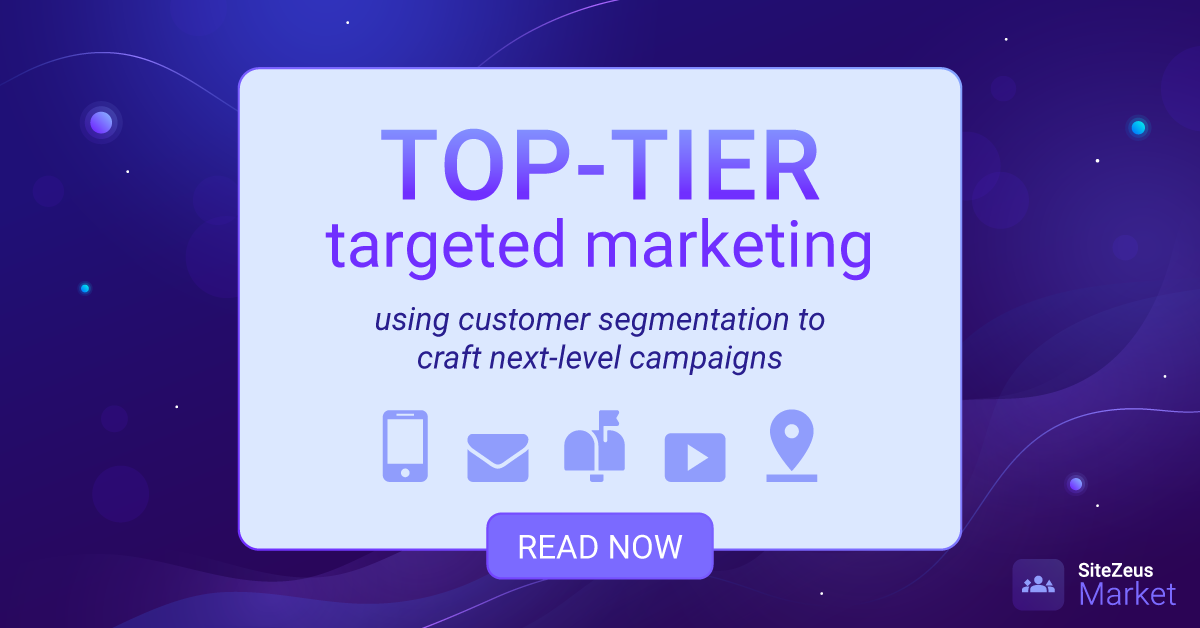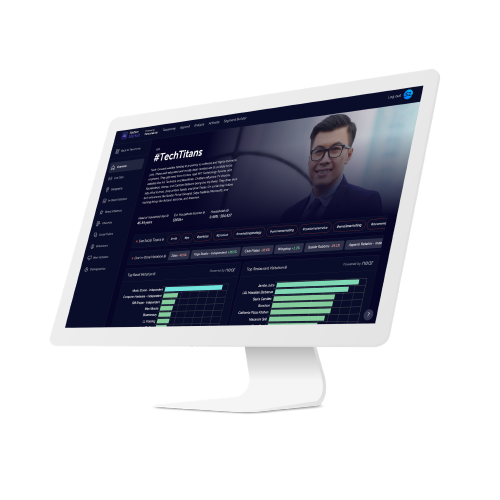You've collected your customer data, done a segmentation study, and gotten the results. And if you used SiteZeus Market for your analyses, you don't just see your top segments'; demographics — you also know where your core customers are located, which websites and stores they visit frequently, what channels and topics they prefer, and what influencers they follow on social media. So now what?
The results of your analysis are only as good as what you do with them. Thankfully, when it comes to targeted marketing, opportunities abound. Read on to see how your team can take simple yet highly effective steps to make your brand's content more personalized — whether you're creating ads, shooting videos, composing emails, or sharing blog posts.
Launch ads that yield maximum results
Thanks to how much time people spend online, personalized ads have become one of the most powerful tools in a marketer's arsenal.
Tailoring temptations: unleash the power of personalized recommendations
By understanding consumers’ preferences and past purchasing behavior, you can add a personal touch to your ad campaigns and see greater engagement in return. SiteZeus Market gives you the inside scoop on your audience’s favorite brands, influencers, shopping channels, social topics, and more.
Example: A clothing retailer can use mobile location data to study the customers visiting its physical locations, then use insights from behavioral segmentation to target this audience with online ads. By recommending products that align with a customer's style and budget, the brand will increase the chances of driving conversions.
Rekindling interest: retargeting campaigns that convert
Retargeting campaigns offer another effective way to leverage behavioral segmentation. After identifying potential customers who have shown interest in a product or service but haven't completed a purchase, you can re-engage them with targeted ads. But rather than send generic follow-up messages to this cohort of shoppers, use SiteZeus Market to identify which segment(s) they fall into and tailor your messaging accordingly. Strategic retargeting is the key to moving consumers from contemplation to checkout.
Example: An e-commerce website can display targeted ads to customers who have abandoned their shopping cart, reminding them to complete their purchase. By including value props tied to the customers’ values and featuring items they’ve already considered, the company can make its ads compelling enough to recapture their interest and transform it into a successful sale.
Getting into geomarketing: where local meets digital
Geosocial segmentation also allows you to serve localized ads to consumers based on their geographic location. By harnessing geotagging features, you can target users in specific locations with personalized content, exclusive offers, and enticing promotions. This strategy empowers your business to deliver relevant messages based on consumers’ proximity to a physical store, increasing foot traffic and conversions.
Example: A fitness apparel brand can leverage geotagging on social media platforms like Facebook to engage with fitness enthusiasts in different regions. By implementing geotagging, the brand can promote local fitness events like marathons or yoga retreats to customers in the area or offer special discounts at nearby outlets.
Create on-point videos that make consumers stop scrolling
In today's digital landscape, video content has become especially popular. The versatility of this format makes it a go-to for marketers, helping them connect with their audience across multiple channels and stages of the buyer’s journey.
Creating immersive experiences: videos that hit home
With insights from SiteZeus Market, you can customize your videos’ content, length, and channel based on audience preferences, demographics, and browsing behaviors. Tailoring video campaigns to specific segments increases their relevance and consequently their conversion rate.



